Simple things around the house that you can do to save energy
• Do Full Loads of Laundry
Whenever you wash just a few clothes or dishes at a time rather than waiting for a full load to gather,
you're wasting water, power, and money. The average American family of four washes about 540 loads of laundry a year, which consumes up to
21,000 gallons of water; and more than 150 loads of dishes, which uses about 1,500 gallons. Most
of the energy consumed by washers goes toward heating the water - about 90% in the clothes
washer and about 80% in the dishwasher. Combining half-loads, choosing shorter cycles
and using cold or warm water rather than hot water racks up savings.
• Recycle Old Electronics
Americans tossed out an incredible 5.5 billion pounds of electronics (TV's, stereos, cell
phones, computers) in 2005, according to the EPA. Only about 12.5% of this was recovered for
recycling. The result was millions of pounds of chemicals and heavy metals ended up in the
ground even though it's easier than ever to recycle electronics. The Consumer Electronics Association created a website to help people find a recycling center in their
area. You could collect electronics in a box and make a drop-off a few times a year, for example. Their website also provides a list of things from laptops to baby monitors that are easier on
the environment and your energy bill.
• Fix Leaks!
 The next time you fill up a glass of water, think about this: we each use about 100 gallons a day, enough to fill
1,600 glasses. Household water consumption has increased by 200% since 1950, even though the
population has grown by only 90%. As a result, more than 36 states are expected to face water
shortages in the next six years. Stemming the flow is as easy as fixing a leaky faucet or
toilet, a dripping faucet can waste up to 74 gallons a day, a leaking toilet up to 200 gallons a day!
The next time you fill up a glass of water, think about this: we each use about 100 gallons a day, enough to fill
1,600 glasses. Household water consumption has increased by 200% since 1950, even though the
population has grown by only 90%. As a result, more than 36 states are expected to face water
shortages in the next six years. Stemming the flow is as easy as fixing a leaky faucet or
toilet, a dripping faucet can waste up to 74 gallons a day, a leaking toilet up to 200 gallons a day!





 This
year, the National Association of Homebuilders wi
ll
ratify National Green Building Standards that offer a
significant boost for the central vacuum industry. These
new standards will allow a builder who installs a
central vacuum system to claim
five points toward having a
home platinum certified, which requires a total of 108
points. The NAHB standards are the strongest endorsement
that use of a central vacuum system drastically improves
the quality of air in your home. In 2005, the estimated
number of builders utilizing Green standards increased
by 20, and an additional 30% the following year. Out of
those builders, two-thirds of them have said they
believed that building green is here to stay and not
just a fad. When asked what green features were
important to their buyers, 83% of the responses from
builders said indoor air quality, which ranked second
only to energy efficiency. About half of the builders
also said that building green helped them improve their
sales and increased their traffic.
This
year, the National Association of Homebuilders wi
ll
ratify National Green Building Standards that offer a
significant boost for the central vacuum industry. These
new standards will allow a builder who installs a
central vacuum system to claim
five points toward having a
home platinum certified, which requires a total of 108
points. The NAHB standards are the strongest endorsement
that use of a central vacuum system drastically improves
the quality of air in your home. In 2005, the estimated
number of builders utilizing Green standards increased
by 20, and an additional 30% the following year. Out of
those builders, two-thirds of them have said they
believed that building green is here to stay and not
just a fad. When asked what green features were
important to their buyers, 83% of the responses from
builders said indoor air quality, which ranked second
only to energy efficiency. About half of the builders
also said that building green helped them improve their
sales and increased their traffic.

 Indoor air
pollution is one of the most common problems
addressed by allergists. A central vacuum system
if often recommended for removing pollutants
since 100% of pollens, bacteria, pet dander
vacuumed are exhausted out of the home when
vented outdoors. Researchers at the University
of California at Davis School of Medicine
revealed that use of a central vacuum system
reduced nasal allergy symptoms by as much as
47%, eye symptoms by as much as 61% and improved
indoor air quality by 52%.
Indoor air
pollution is one of the most common problems
addressed by allergists. A central vacuum system
if often recommended for removing pollutants
since 100% of pollens, bacteria, pet dander
vacuumed are exhausted out of the home when
vented outdoors. Researchers at the University
of California at Davis School of Medicine
revealed that use of a central vacuum system
reduced nasal allergy symptoms by as much as
47%, eye symptoms by as much as 61% and improved
indoor air quality by 52%.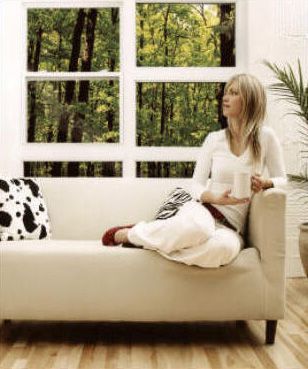

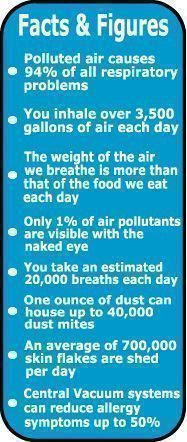
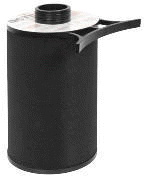

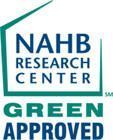

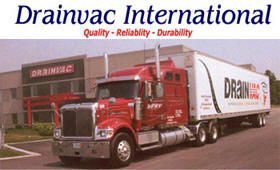
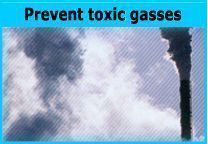

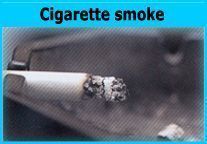
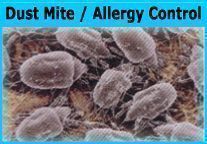
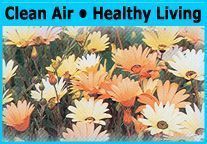
 2.
Energy efficient.
Greener vacuums should use less
"energy" - less electrical power, but also less human energy.
Green is associated with lower energy costs or electrical usage,
but we've never heard anyone talk about how much physiological
energy - human energy - is expended to clean a square foot.
2.
Energy efficient.
Greener vacuums should use less
"energy" - less electrical power, but also less human energy.
Green is associated with lower energy costs or electrical usage,
but we've never heard anyone talk about how much physiological
energy - human energy - is expended to clean a square foot. 4.
Worker-friendly filtration.
To be green, vacuums
must have great filtration system, but the filter setup must
also be easy to access, maintain, or change. Keeping a filter
clean is the trick to having good filtration and pickup
efficiency. Some vacuums have filters that are terribly hard to
clean, while others are simply impossible to get completely
clean. If changing or cleaning a filter is an inconvenient or
filthy job, workers are less likely to do it. And if they don't
clean or change the filters, the vacuums won't work effectively
and certainly are not improving Indoor Environmental Quality.
4.
Worker-friendly filtration.
To be green, vacuums
must have great filtration system, but the filter setup must
also be easy to access, maintain, or change. Keeping a filter
clean is the trick to having good filtration and pickup
efficiency. Some vacuums have filters that are terribly hard to
clean, while others are simply impossible to get completely
clean. If changing or cleaning a filter is an inconvenient or
filthy job, workers are less likely to do it. And if they don't
clean or change the filters, the vacuums won't work effectively
and certainly are not improving Indoor Environmental Quality.
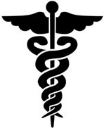 Using a central vacuum system significantly reduces dust mites, pollens,
animal dander and other allergy causing agents from
your home.
Using a central vacuum system significantly reduces dust mites, pollens,
animal dander and other allergy causing agents from
your home.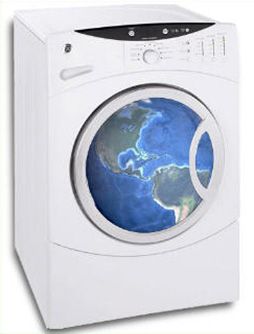
 The next time you fill up a glass of water, think about this: we each use about 100 gallons a day, enough to fill
1,600 glasses. Household water consumption has increased by 200% since 1950, even though the
population has grown by only 90%. As a result, more than 36 states are expected to face water
shortages in the next six years. Stemming the flow is as easy as fixing a leaky faucet or
toilet, a dripping faucet can waste up to 74 gallons a day, a leaking toilet up to 200 gallons a day!
The next time you fill up a glass of water, think about this: we each use about 100 gallons a day, enough to fill
1,600 glasses. Household water consumption has increased by 200% since 1950, even though the
population has grown by only 90%. As a result, more than 36 states are expected to face water
shortages in the next six years. Stemming the flow is as easy as fixing a leaky faucet or
toilet, a dripping faucet can waste up to 74 gallons a day, a leaking toilet up to 200 gallons a day!
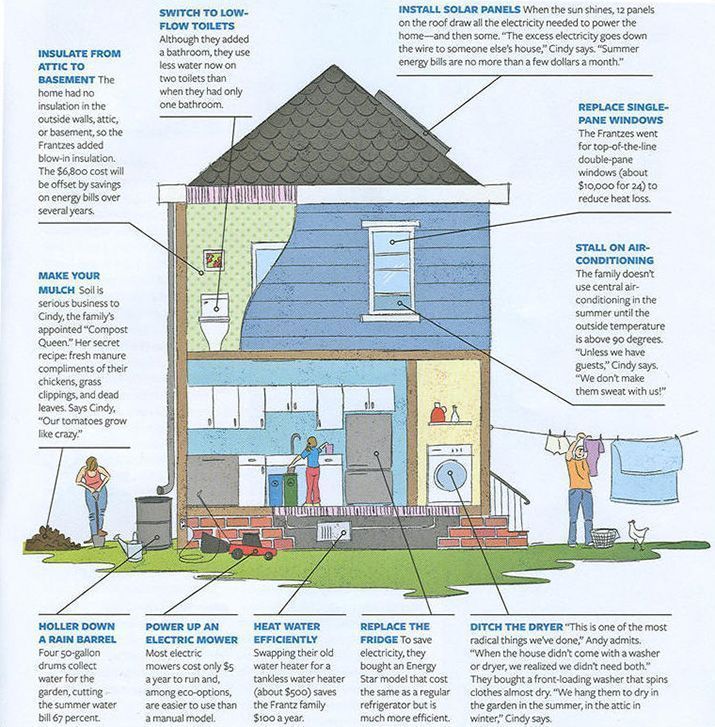

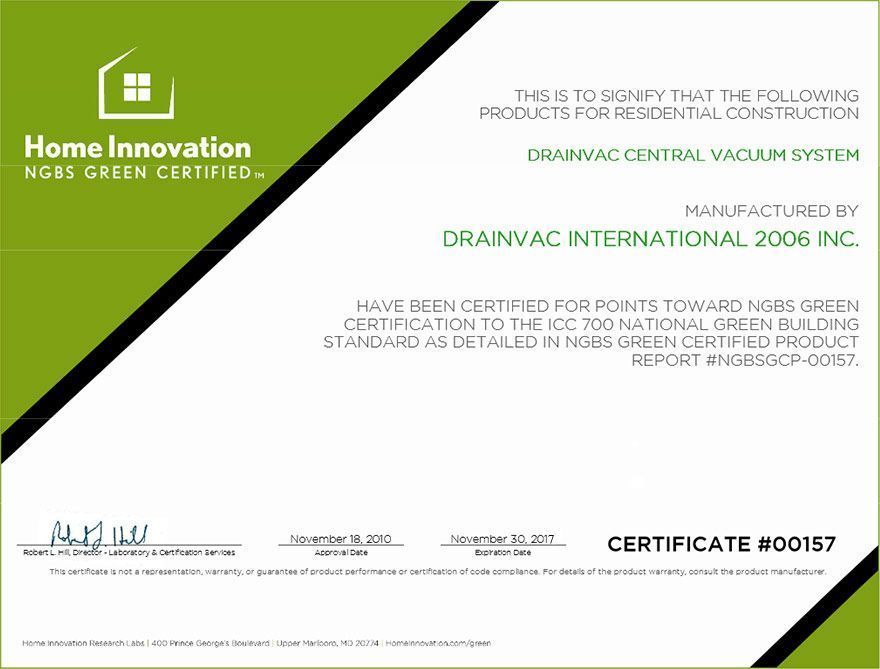

Log In
Create New Account